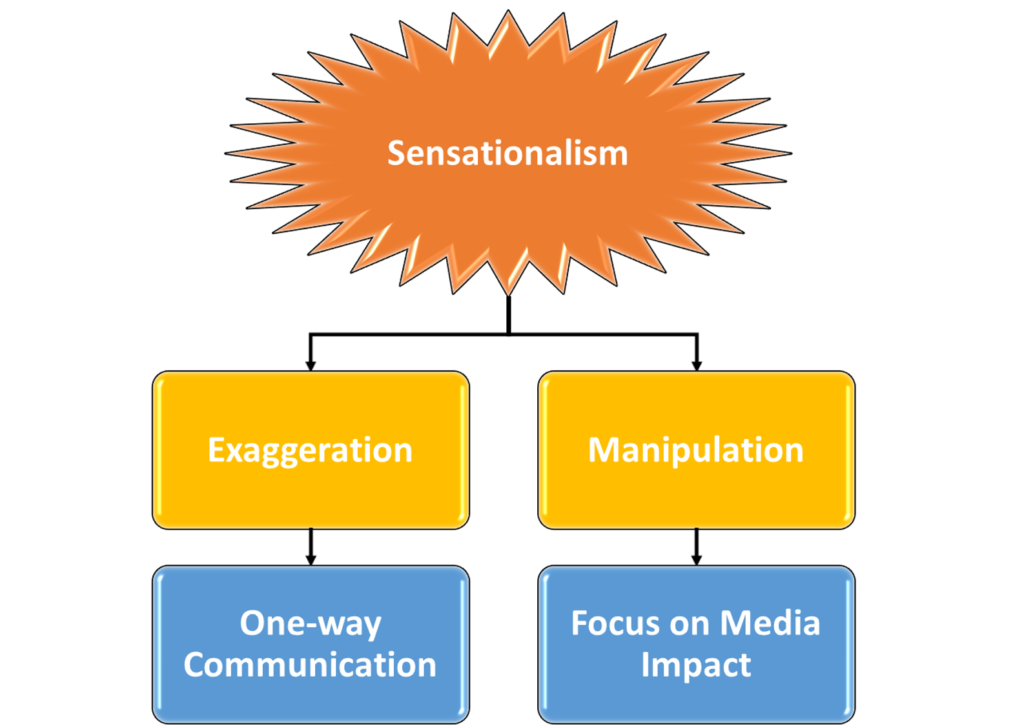PR Theory 1: Shock and Knock

This theory presents PR as a form of attention creation and message insertion for the purpose of manipulating public opinion. The primary goal of PR is, according to this model, the manufacturing of a positive image of an organization or individual, often by providing a selective and crafted account of that organization or individual. The focus is on grabbing attention and using the media as a platform for foisting into public awareness and discussion a particular message that serves the interests of the organization. Ethics and honesty are secondary considerations at best. This approach is a traditional and increasingly outmoded option, hence the model is losing validity. It is premised on public acceptance of one-way communication flows, unaccountability, and one-sided messages. Its unidirectionality limits its utility in the current world of multidirectional, multi-source communications.
For good reason, the Press Agentry/Publicity Theory of Public Relations is sometimes called the P. T. Barnum Model. I call it the “Tabloid Model” or “Shock and Knock”. In this theorization, PR aims to snatch the public’s attention by shouting out exaggerated messages and presenting information in the most sensational way. It uses any means at its disposal to put its lurid version of events before the masses. It relies on carnival tactics such as stunts, events, quirky headlines, and catchy slogans. It prioritizes visibility and perception management, and often shows little interest in honesty or accuracy.
The sender cares little, if anything, about feedback from the receiver. The sender is reliant on the dependability of shock tactics. Subtler applications of the model can be useful for persuasion and perception adjustment. In its crudest forms however, PR as described by this model is merely corporate propaganda, which is easily recognizable and likely of very limited effectiveness today.
Despite the linearity and one-way nature of the model, aspects of Shock and Knock can still be valid. There are occasions when PR must shout to be heard and must drive home misunderstood, unpopular, or misrepresented perspectives on matters.
